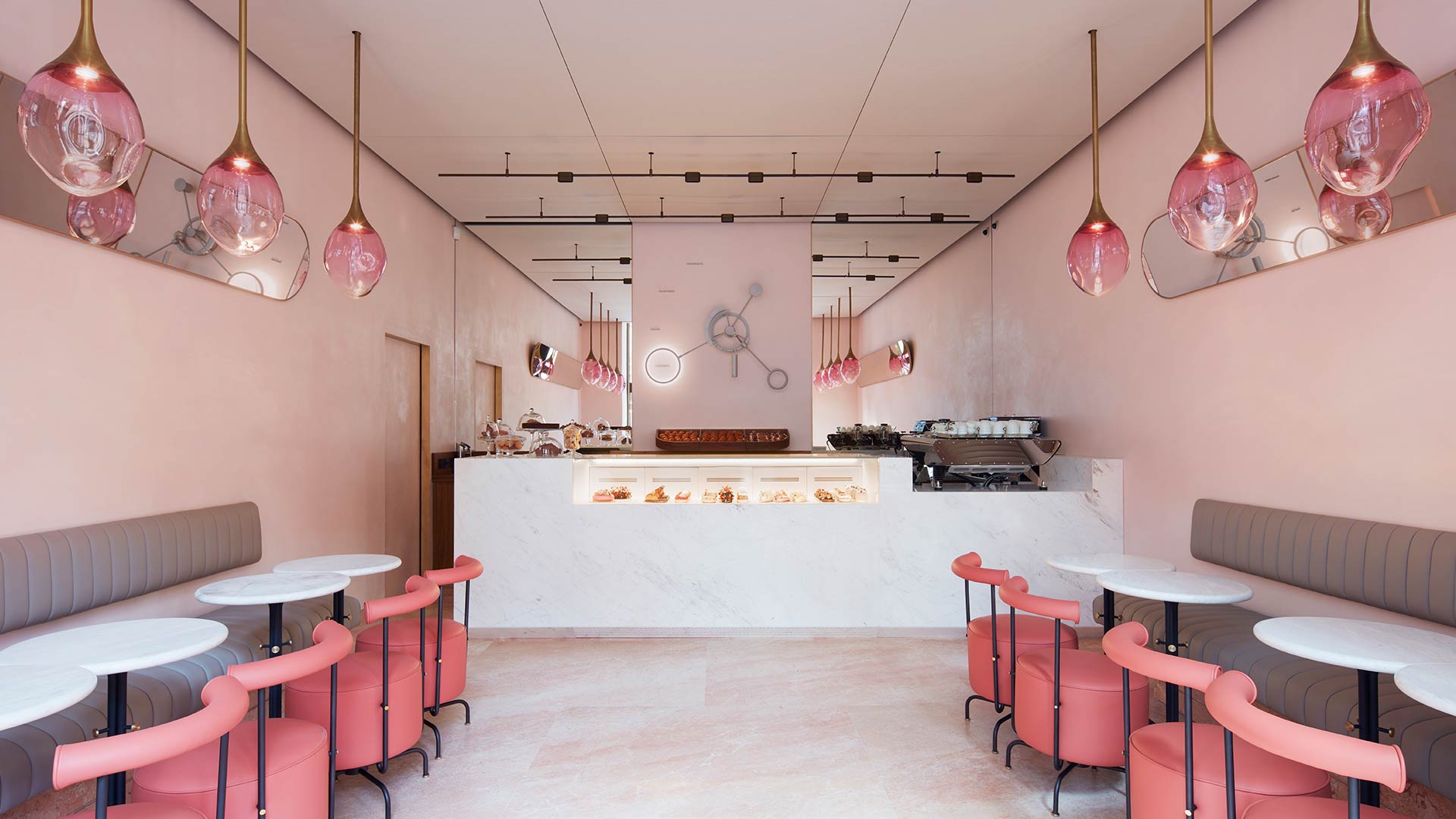The small but mighty lighting project
Lighting projects come in all shapes and sizes, from large scale masterplans to small residential refurbishments and we see the value in each and every one. Good lighting design is undoubtedly a requisite to ensuring that every space sings and isn’t something that should be constrained by the size of the scheme at hand.
Every project is an opportunity, a chance to build on our foundations as lighting designers. Big or small, hospitality or commercial, whatever the size and scale, there is always the possibility to learn, grow, transfer knowledge and most importantly, get creative.
Even so, there’s something about those scaled-down projects, the ones where we take-away more than we could have imagined, that often turn out to be the most memorable. But why, when it comes down to it, do we truly benefit from projects that lie at the smaller end of the spectrum? What makes the small prove to be so mighty?

Variations in projects allows us, as designers, to hone our skills and cross pollinate ideas. Smaller projects encourage designers to develop their expertise on a smaller scale, in a way that they wouldn’t necessarily be able to when working on larger ones. This then becomes a chance to grow knowledge that can be transferred regardless of project size or sector.
Typically, the more modest undertakings have a lower budget that inevitably forces creativity. Without the luxury of a large budget, designers must think outside the box in order to nurture designs from page to reality – knowledge and attention to detail take precedence. Imaginations are ignited and innovative thinking occurs, altering the design process in a way that demands careful consideration – where lighting schemes must compromise on price but never on quality.

At Nulty we nurture new talent and pride ourselves on bringing graduates through the company and its thanks to those faster, smaller projects that we are able to do so. Allowing young designers to see the entire lifespan of a project provides theopportunity for them to develop their skills and learn the process of lighting design all the way from concept to delivery. This is turn ensures an all-encompassing understanding of what it means to be a lighting designer and can then be relayed to projects on a larger scale.
The number one consideration for design consultancies such as us is to promote collaborative work, for the company to design and create not just for the purpose of profitability but also to foster excellent talent. We should never turn down work based on project size, as variety promotes versatile designers and only encourages the team to progress in every respect.
For a business like ours, smaller projects are our lifeblood. With the ever-present problem of resourcing, it can be hard to plan proficiently, especially with a growing international team. We are always looking to fill the gaps and so we love to have a mixture of typology of projects, a range of great and small to keep our employees busy and satisfied – allowing evolution for our people as well as the company as a whole.
Good design shouldn’t exclusively sit within a high budget domain. At the end of the day, it’s about providing opportunities, investing in our people, offering diversity in projects, and encouraging evolution. No company is too big, no project is too small.


